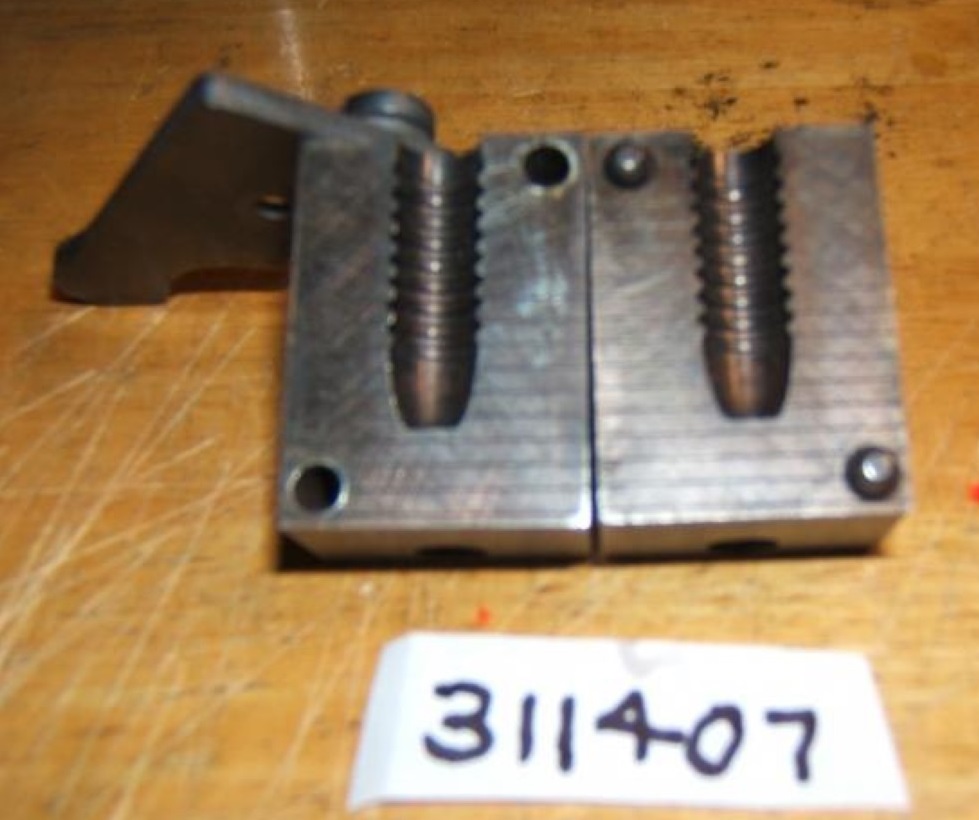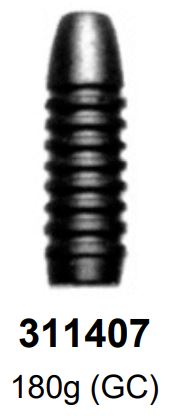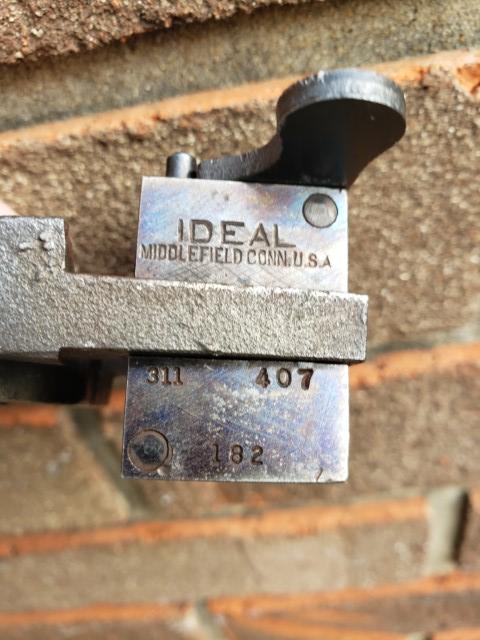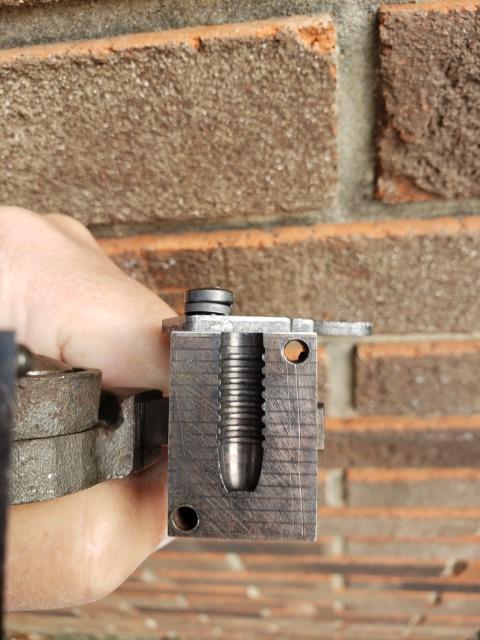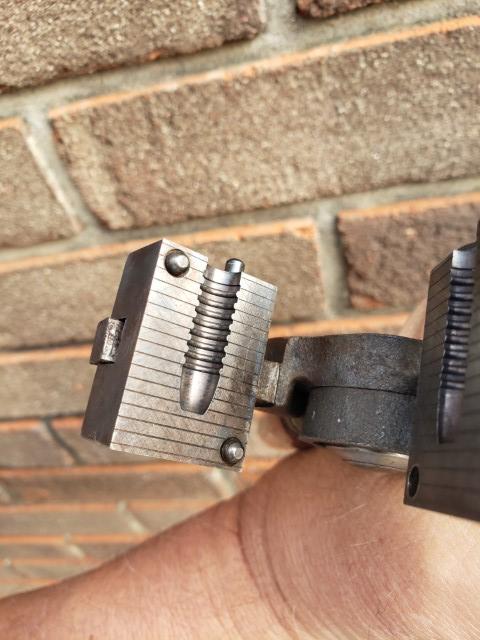You are using an out of date browser. It may not display this or other websites correctly.
You should upgrade or use an alternative browser.
You should upgrade or use an alternative browser.
Lyman 311407 - Guy Loverin
- Thread starter Ben
- Start date
Yes , it is basically the 311467 with a flat meplat.Nice!
I'm not familiar with the 311407. It seems to have some weight to it, and with a decent meplat. It might make a useful hunting bullet? Anyway, it's always fun to get a new bullet to play with.
Good luck!
A definite plus for a hunting bullet.
Charles Graff
Moderator Emeritus
Yep, folks wanted to use 311467 in leverguns, so Loverine put a flat nose on it, losing five grains of weight in the process.
Wasalmonslayer
Well-Known Member
Good looking bullet!
If I was a betting man I would say it should shoot pretty dang well.
If I was a betting man I would say it should shoot pretty dang well.
Charles Graff
Moderator Emeritus
This mold like all others Lyman/Loverin molds vary quite a bit on band measurements. They have tapered bands, but finding on that fits is often not easy. I broke the code when I took some 311467 bullets and sized the front two bands .302 so they could engrave on the lands. NOE offers a modified version of 311407 (311407 Mod) that is one band shorter for a total weight of 165 grains and the top two bands are .3-1-.302. Shoots like a house-a-fire in all my rifles.It is a popular mould but not an easy one to find.
If you are fortunate enough to find one, it will often times
carry a premium price.
I'm looking forward to playing with this one.
It will be interesting to see what the two front bands measure ??
Ben
Cadillac Jeff
Well-Known Member
I have the same one,it will make perty bullets after I learned what it wanted....if I remember right, a perfect 311 base
Stupid question... but I need to ask... why the two smaller bands with the grease grooves way up front? I know that most will leave it clear with no grease and use them as guides to engrave when chambered & ready to shoot... with such a small contact area it would be little resistance... and should have little/no impact on leading.
Was the original intent with the grease grooves to go ahead and schmear a dab up there to help with preventing leading/make a better seal? (Besides the self centering effect of tapered bands)...
Thanks!
Andy
Was the original intent with the grease grooves to go ahead and schmear a dab up there to help with preventing leading/make a better seal? (Besides the self centering effect of tapered bands)...
Thanks!
Andy
I just Love the old small block Lyman molds. I've always preferred to cast rifle bullets from single cavity molds. Felt they were more accurate then multi cavity molds. Never really shot enough to prove this theory. But I do seem to shoot more accurately with bullets from a single mold.
Charles Graff
Moderator Emeritus
Multi-band bullets with narrow tapered bands are nothing new. During the era of the Shutzen matches, rifles for that game used such bullets. When a Pope or Schoyen rifle was purchased, it came with such a mold. Loverin took the design into the smokless powder era.
In the Schutzen matches, the bullets was seated into the breech end of the barrel with a seater and a cartridge case with powder was seated into the chamber behind the bullet. The bullet did not have a jump from the case to the barrel with the risk of striking the lands and grooves at an angle. The gases from the ignited power just pushed the bullet on through the barrel to the target. Some jaw dropping accuracy was produced by this method. The narrow tapered grooves enabled the bullet to pushing into the lands and grooves.
The Loverin design bullets gave "some" of the advantages of a breech seated bullets in a bulleted round. This only truly works well, if the top couple of bands are forced into lands and grooves. The chamber must be straight with the bore for this to work, but a cockeyed chamber is a curse on all cast bullets and most jacketed ones for that matter.
In the Schutzen matches, the bullets was seated into the breech end of the barrel with a seater and a cartridge case with powder was seated into the chamber behind the bullet. The bullet did not have a jump from the case to the barrel with the risk of striking the lands and grooves at an angle. The gases from the ignited power just pushed the bullet on through the barrel to the target. Some jaw dropping accuracy was produced by this method. The narrow tapered grooves enabled the bullet to pushing into the lands and grooves.
The Loverin design bullets gave "some" of the advantages of a breech seated bullets in a bulleted round. This only truly works well, if the top couple of bands are forced into lands and grooves. The chamber must be straight with the bore for this to work, but a cockeyed chamber is a curse on all cast bullets and most jacketed ones for that matter.
Last edited:

